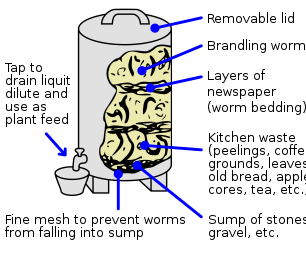While I was thinking about food packaging, I somehow arrived on the idea of "human packaging". It might seem a little weird or unrelated but I was thinking about funerals and us humans being all packaged in an exquisite coffin to be preserved for a long time. I couldn't help thinking about the idea of us being recycled.... I mean all our lives we have been wasting and throwing away so much. Maybe the least we can do for the environment after death is to return the nutrients stored in us back to nature?
There is a thing for green burial where people are buried in non-toxic and biodegradable coffins and their bodies recycled back into nature but it does not seem to be very popular yet. Green burial also involves
minimal environmental impact that aids in the conservation of natural resources, reduction of carbon emissions, and the restoration and/or preservation of wild habitat.
I googled the options, and stumbled upon this new, and rather extreme Italian method of green burial where the dead person eventually grows into a tree.
The project is still in its early stages and is currently on display at an art gallery in Lille, but the novelty of the idea really caught my attention. -The person is literally buried inside a decomposable egg shell, called a Capsula Mundi. The capsule eventually grows into a tree. One can even choose the kind of tree he wants to become! The idea is to turn cemeteries into sacred forests.

Courtesy of Capsula Mundi.

Real-life exhibit of an actual Capsula Mundi

Artist impression of the project from official Facebook page
Pretty interesting but I'd doubt the popularity. After all, saving the environment is more of a social issue than it is scientific, isnt it? People need to accept the idea and be willing to change their habits
The want to preserve the remnants of loved ones as a form of respect are still very prevalent in many cultures around the world. It might be difficult for them to accept this idea. Furthermore, there is the superstitious side of Asia about the spirits inhabiting trees and all. However in the US, other methods of green burials are gaining immense popularity. It would be interesting to see the idea of green burials catch on here. Although I honestly doubt its feasible in certain land-scarce countries like Singapore, due to lack of land-space and religious beliefs.
References:
Capsula Mundi.
(n.d.). Retrieved October 5, 2015, from
http://www.capsulamundi.it/bosco_eng.html
Jinman, R. (2015,
October 3). Green burials: Plans for new biodegradable human seed pods to
replace traditional coffins. Retrieved October 5, 2015.











